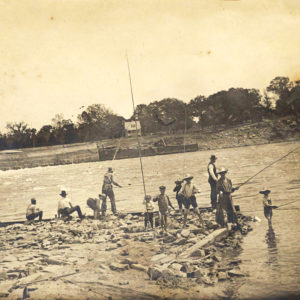 Batesville Fishing
Batesville Fishing
Time Period: World War II through the Faubus Era (1941 - 1967) - Starting with B
 Batesville Fishing
Batesville Fishing
 Batesville Lime Mill
Batesville Lime Mill
 Batesville Limestone
Batesville Limestone
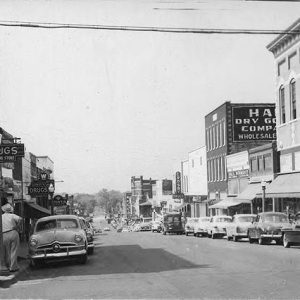 Batesville Street Scene
Batesville Street Scene
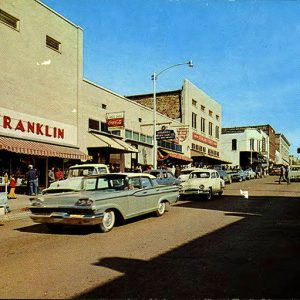 Batesville Street Scene
Batesville Street Scene
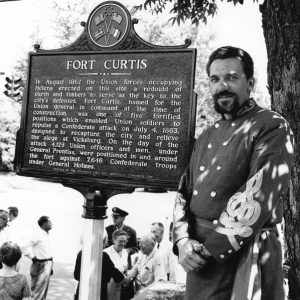 Battle of Helena Monument
Battle of Helena Monument
 "The Battle of New Orleans," Performed by Jimmy Driftwood
"The Battle of New Orleans," Performed by Jimmy Driftwood
Baxter County Courthouse
Bay of Pigs Invasion
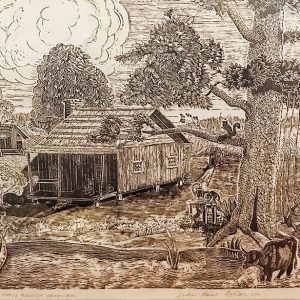 Bayou Homestead
Bayou Homestead
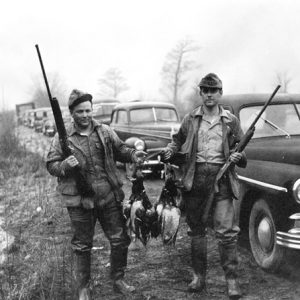 Bayou Meto Duck Hunters
Bayou Meto Duck Hunters
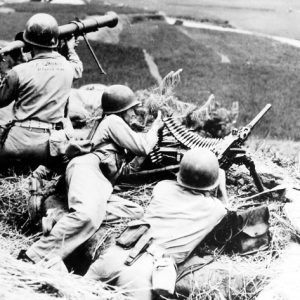 Bazooka and Machine Gun
Bazooka and Machine Gun
Beall, Ruth Olive
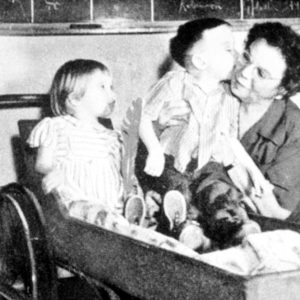 Ruth Olive Beall
Ruth Olive Beall
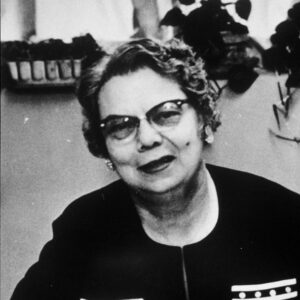 Ruth Olive Beall
Ruth Olive Beall
Beals, Melba Pattillo
Bearden, Henry Eugene (Gene)
Beatles, Stopover of the
 The Beatles
The Beatles
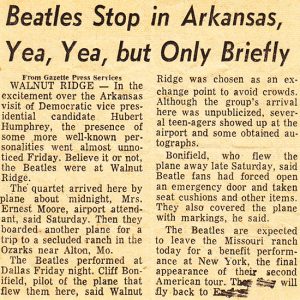 Beatles Stopover Article
Beatles Stopover Article
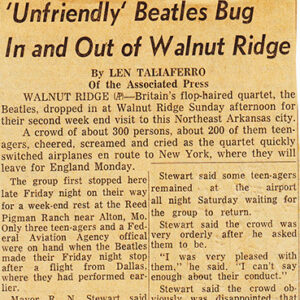 Beatles Stopover Article
Beatles Stopover Article
Beatty, Morgan Mercer
 Beaver Boat Launch
Beaver Boat Launch
 Beaver Lake
Beaver Lake
Beebe Colored School
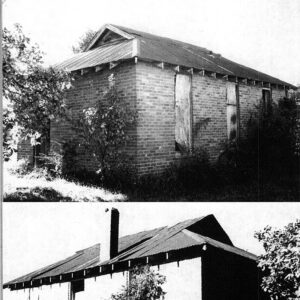 Beebe Colored School
Beebe Colored School
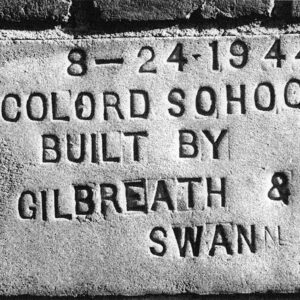 Beebe Colored School Plaque
Beebe Colored School Plaque
Ben Laney Bridge
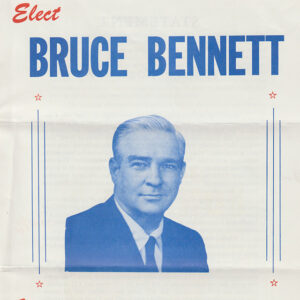 Bennett Campaign Flyer
Bennett Campaign Flyer
 Bennett Campaign Headquarters
Bennett Campaign Headquarters
Bennett, Alvin Silas (Al)
Bennett, Bruce
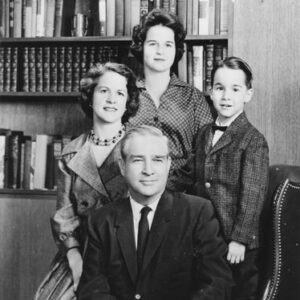 Bruce Bennett
Bruce Bennett
Bennett, Harold George
 Sylvester Benson
Sylvester Benson
Benson, George Stuart
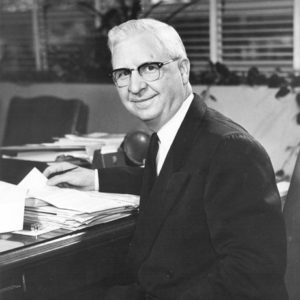 George Stuart Benson
George Stuart Benson
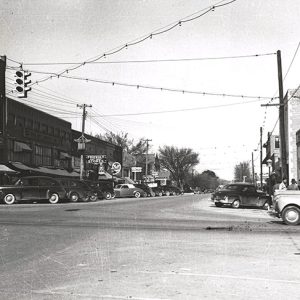 Benton Street Scene
Benton Street Scene
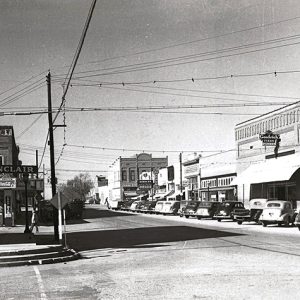 Benton Street Scene
Benton Street Scene
Bentonville Schools, Desegregation of
 Mike Berg
Mike Berg
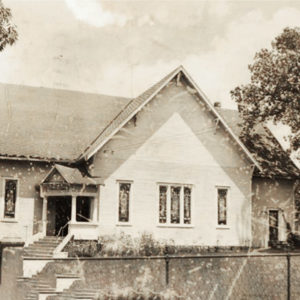 Berryville Church
Berryville Church
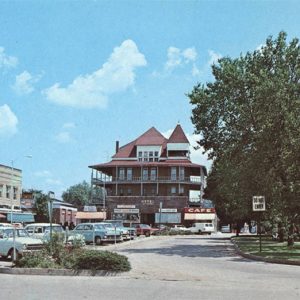 Berryville Street Scene
Berryville Street Scene
 Best Motor Court Postcard
Best Motor Court Postcard
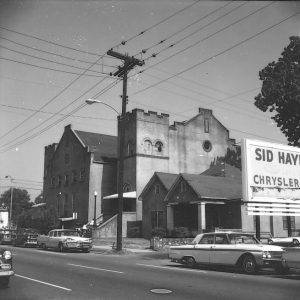 Bethel AME Church in Little Rock
Bethel AME Church in Little Rock
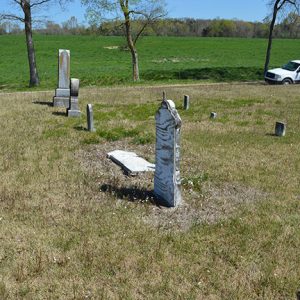 Bethel Cemetery
Bethel Cemetery
Between Heaven and Hell
aka: Between Heaven and Hell [Movie]
aka: The Day the Century Ended [Book]
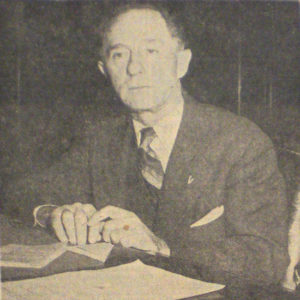 Leslie Biffle
Leslie Biffle




